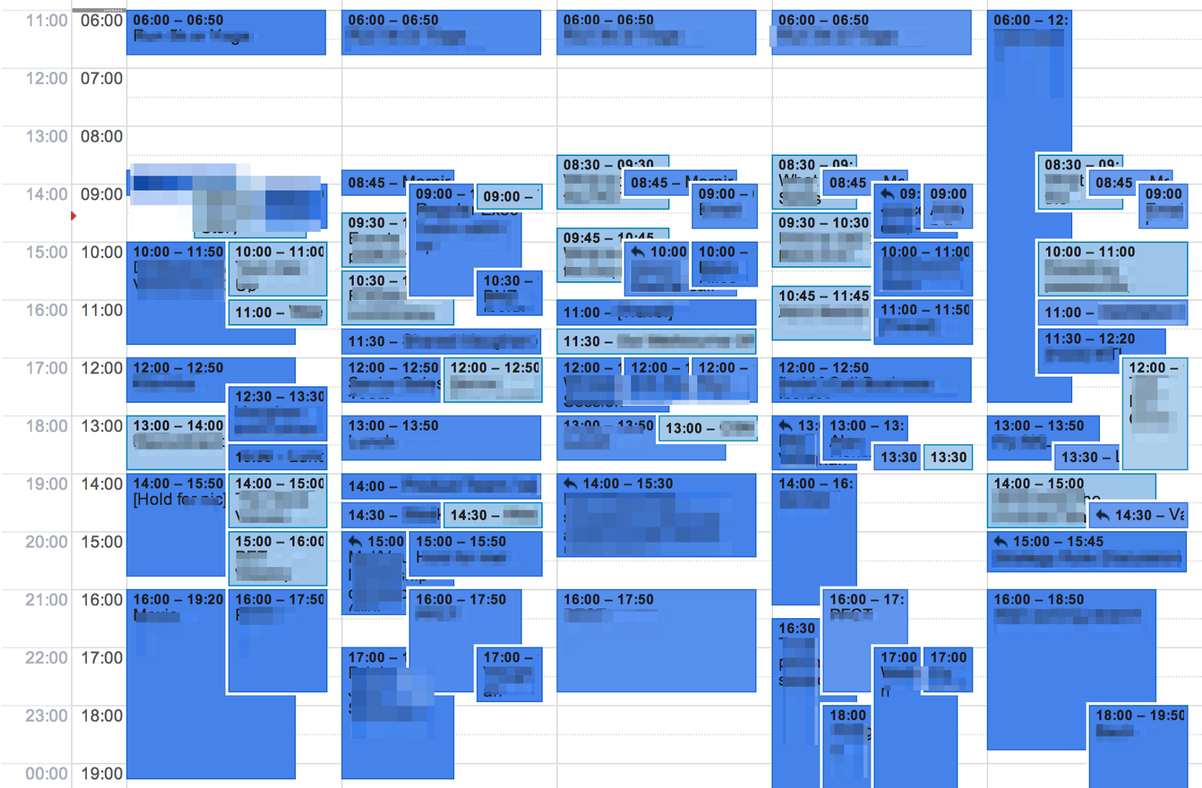April 2021 > Originally posted on Medium
Remote Work in Europe ... 3 Tips
The last 12 months has forced a new way of working upon many of us. With offices closed down, almost everyone has been working remotely. However, there are plenty of teams with tried, tested and proven practices which really help to make a distributed workplace a success.
Here are three tips to boost transitioning to a distributed workplace:
1. Stop the Busy-ness
Replace the "time spent at the office" with judging, measuring and rewarding the actual value of the work. Without any strict "office hours", workers will no longer need to fill their days with stuff just to appear busy all the time. With everyone acting busy, many offices have often been a place of distractions where it was near impossible to get actual stuff done.
Make a clear switch by firmly putting the focus on tasks rather than time. Everyone’s calendar should be private, to avoid replicating this busy-ness, calendar-tetris game in a distributed workplace. Avoid padding calendars with Zoom meetings, instead share task lists to show who is working on what.
The Open Source world is a perfect example because most of them have always worked in a distributed way. Tasks are prioritised, shared and picked up by collaborators, the workers.
Note: an unfortunate side-effect with a lack of clear office hours is that some people are actually working longer and risk burning out. So, set shared working hours and never expect or contact people outside these time blocks to allow and encourage everyone to truly switch off!
2. Support Hybrid Workplaces
It appears that workers enjoy working from home and many have indicated they will prefer to continue to do so even after offices are allowed to open up again. The time and energy saved by avoiding a daily commute to the office has been a real blessing. Productivity analysis has shown that for most things it doesn't matter at all where the work is done.
Companies will need to rethink not just how much office space they need, but more importantly where working spaces are needed and what functions these spaces should serve. Support people who have the room at their home with adequate equipment for their home office. Provide those who lack a quiet dedicated space at home with the option to go to satellite offices closer to where they live, or grant access to co-working spaces.
Whilst most work can be perfectly done remotely, being in the same room will greatly benefit certain work activities. Repurpose some office space specifically for these types of group activities.
The workplace is for many also a place to connect socially with colleagues. Make sure to get teams together in-person on a regular basis. A strong personal connection between team members builds trust and boosts future virtual collaboration. Since a lot of work is done remotely, these get-togethers should not just be about work. Place the focus on team building and having a bit of fun.
3. Embrace Diversity
Attract talent based mainly on aptitude, communication skills and relative time zone. This way a much larger talent pool has the potential to truly boost diversity. Workers can be fluid in their location on where to live, greatly impacting their cost of living and quality of life.
Europe is a melting pot of rich cultures a numerous languages. Many professionals will join the talent pool when it is no longer required to uproot one's family and social lives. To level the playing field for non-natives, establish English - the de-facto international business language - as the shared working language and provide tools to better document and communicate. For all virtual meetings enforce everyone joins individually to avoid any missed conversations for those who are co-located.
Distributed work relies more on written, versioned, English documentation to enable asynchronous work. This documentation has the added benefit of providing a transparent record what work was done, when and by whom. A transparent document trail also shows what information was available at the time of a decision, reducing any bias in retrospectives.
What's next?
These are obviously many other aspects to consider. However, one thing is very clear: copying how things have always been done really needs to change for an effective distributed workplace.




